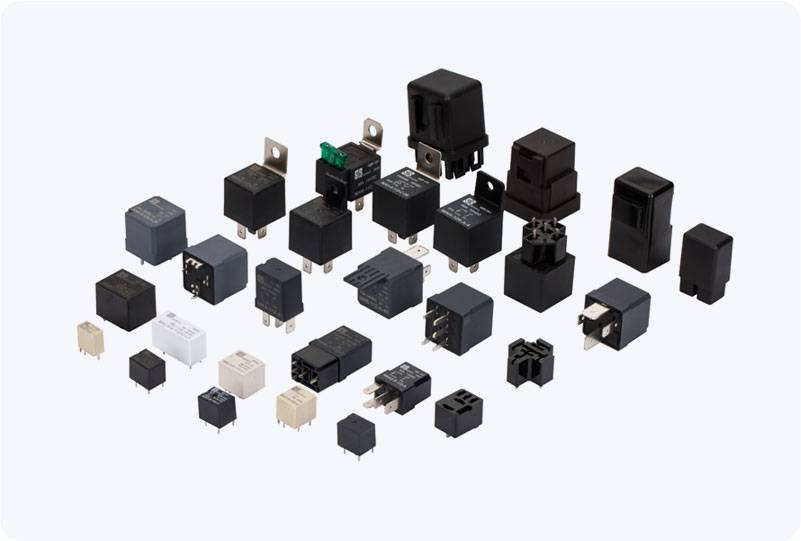In industries where flammable gases, dust, and vapors are prevalent, ensuring the safety of electrical systems becomes a top priority. One critical component in achieving this safety is the explosion-proof relay, a device designed to prevent electrical sparks or high temperatures from triggering explosions in hazardous environments. Explosion-proof relays are widely used in sectors like chemical processing, oil and gas extraction, mining, and more, where volatile substances pose a constant threat to both equipment and personnel. This article will explore the characteristics, functionality, applications, and importance of explosion-proof relays in modern industrial settings.

What is an Explosion-Proof Relay? An explosion-proof relay is a specialized electrical relay engineered to contain sparks, arcs, or heat that may arise from normal electrical operations, preventing them from igniting potentially explosive atmospheres. These relays play a vital role in controlling circuits in environments that are not only hazardous but also highly sensitive to any electrical disturbance. The core principle behind explosion-proof relays is the prevention of any electrical event from causing an ignition source that could lead to catastrophic consequences. Key Features of Explosion-Proof Relays